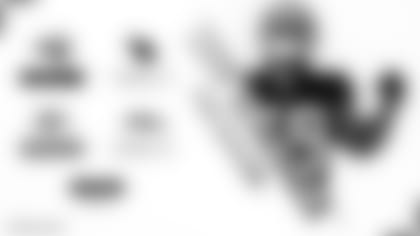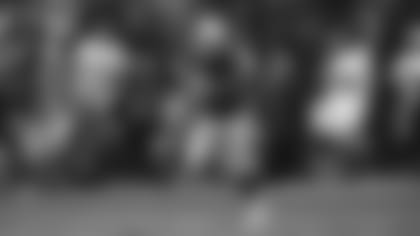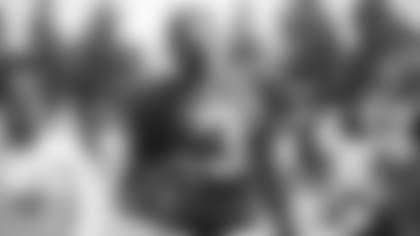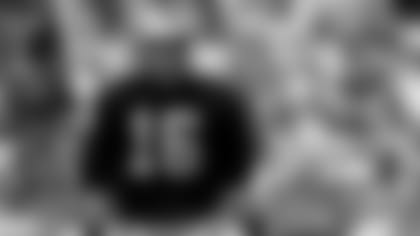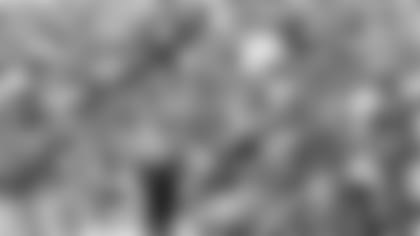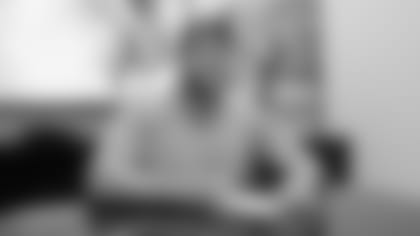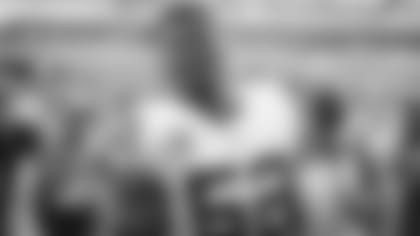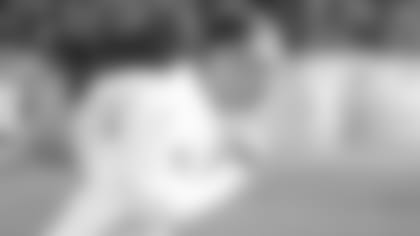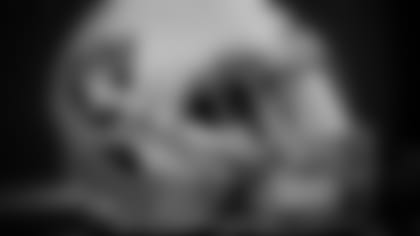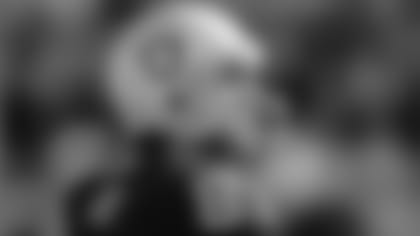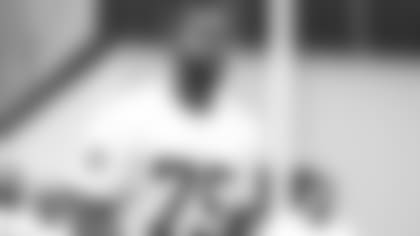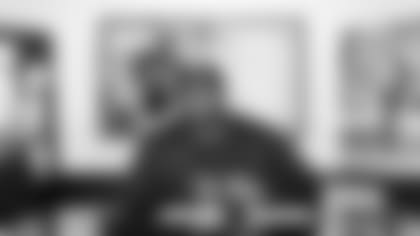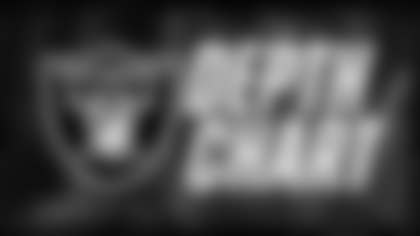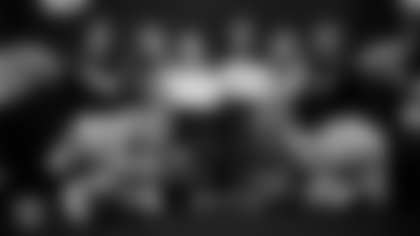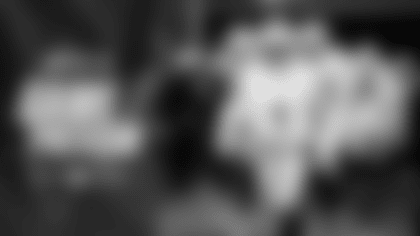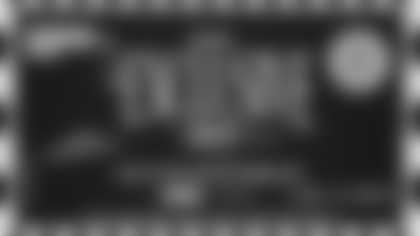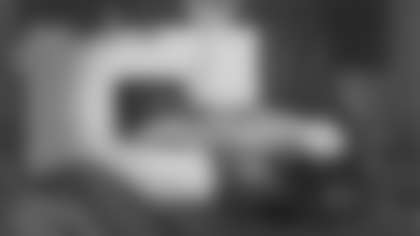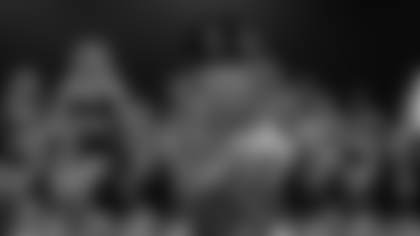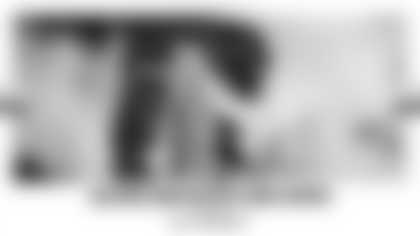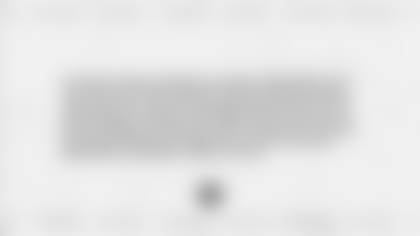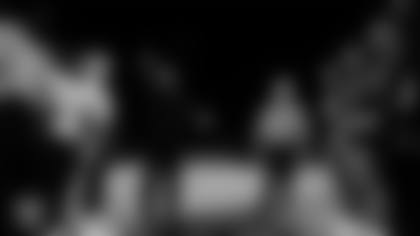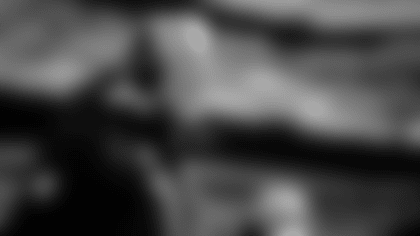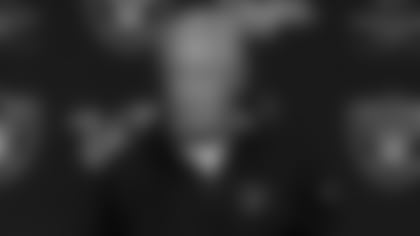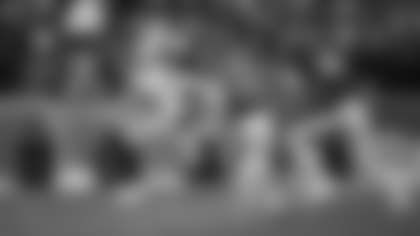November 17, 1968
The game between the New York Jets and Oakland Raiders on November 17, 1968 featured two of the American Football League's marquee teams, and a combined 10 future Pro Football Hall of Famers.
Ironically, this "must see" meeting was voted the 10th Most Memorable NFL Game of the Century, not because of the game itself, but because its conclusion was not seen -- at least by millions of television viewers.
With 65 seconds remaining in the 1968 Jets-Raiders game, the Jets kicked a field goal to take 32-29 lead. The Raiders returned the ensuing kickoff to their 23-yard line. NBC, the network televising the game, then went to commercial, but never returned to the game.
NBC switched to the movie Heidi with 65 seconds left in the game.
It was 7:00 p.m. on the east coast as the commercial break concluded. NBC was scheduled to air the children's movie Heidi at 7:00. Rather than show the end of the game, NBC Broadcast Operations Supervisor DICK CLINE followed the network's predetermined plan and switched to Heidi.
"(Prior to the game being played) it was determined that Heidi would air at 7:00," said Cline. "If football wasn't over, we would still go to Heidi at 7:00. So I waited and I waited and I heard nothing. We came up to that magic hour and I thought, 'Well, I haven't been given any counter-order so I've got to do what we agreed to do.'"
The first 59 minutes of the contest had lived up to its pre-game billing. It was a classic AFL shootout with eight lead changes and ties. Late in the game, fans saw New York QB Joe Namath masterfully lead the Jets deep into Raiders territory. With just over a minute to play, the Jets Jim Turner kicked his fourth field goal, a 26-yarder that gave New York its 32-29 lead.
Turner kicked off and the Raiders returned the ball to their own 23-yard line. The network cut to commercial, Heidi came on, and...
From his 23-yard line, Raiders QB Daryle Lamonica completed a 20-yard pass to HB Charlie Smith, who was facemasked by Jets S Mike D'Amato. The penalty put the ball at the Jets 43.
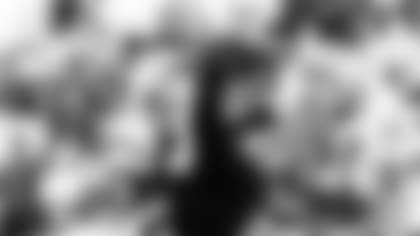
HB Charlie Smith scores the go-ahead touchdown.
On the next play, Lamonica found Smith again, who outraced D'Amato down the sideline for a 43-yard touchdown. The extra point gave the Raiders a 36-32 lead with 42 seconds to play, and left Namath and the Jets with little time for a comeback.
Namath never got the chance. On the kickoff, Jets kick returner Earl Christy fumbled the ball. It was picked up at the two-yard line by Raiders special teamer Preston Ridlehuber, who ran it in for a touchdown.
The Raiders had scored two touchdowns in a nine-second span and held on to win a most memorable game, 43-32.
There was an uproar when fans learned about the game's dramatic ending. NBC ran a "crawl" at the bottom of the screen during Heidi reporting the result more than 20 minutes after the game had ended.
NBC President Julian Goodman released a statement 90 minutes after the game. "It was a forgivable error committed by humans who were concerned about children expecting to see Heidi at 7:00 p.m.," said the statement. "I missed the end of the game as much as anyone else."
With seven minutes left in the game, NBC had made a decision to air the remainder of the game to the East Coast and delay the start of Heidi. But thousands of calls to NBC from concerned viewers inquiring about the game and Heidi caused communications problems.
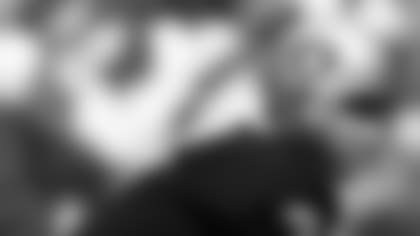
QB Daryle Lamonica helped engineer the Raiders touchdown to take the lead over the Jets.
"People began calling before 7:00 saying one of two things," said former NBC executive Chet Simmons. "'What are you going to do about Heidi?' Or, 'Don't let the game go on.' What it did was it literally blew out the switchboard."
The episode wound up having a major impact on the future of TV sports programming. It prompted the NFL to insert language into its TV contracts guaranteeing that, in the future, games of visiting clubs would be shown to their home markets in their entirety.
"Probably the most significant factor to come out of Heidi was, whatever you do, you better not leave an NFL football game," said Val Pinchbeck, the NFL's retired chief of broadcasting. "Ten years earlier, if you did the same thing on a telecast, would you get the same type of an uproar? I don't know. But you sure did at that point in time. It sure let you know that you better not take my football away from me at 7:00 p.m."
Heidi Game Facts
The Heidi Game was voted the most memorable regular-season game in NFL history by a select group of media in a 1997 poll taken in conjunction with the NFL's 10,000th regular-season game.
Ten future Pro Football Hall of Fame selections were involved in the game: Oakland - WR Fred Biletnikoff, QB/K George Blanda, CB Willie Brown, owner Al Davis, C Jim Otto, T Art Shell, and G Gene Upshaw; New York - head coach Weeb Ewbank, WR Don Maynard, and QB Joe Namath.
Because of the blown switchboard, many fans could not get through to NBC to complain. Instead, they began calling the New York City Police Department and the New York Telephone Company.
"It was on the front page of the New York Times," said Chet Simmons of NBC's decision. "And when you say something is on the front page of the New York Times, you've got to figure it's pretty important."
Later that season, the Jets beat the Raiders at New York's Shea Stadium in the AFL Championship 27-23 before going on to win Super Bowl III over the Baltimore Colts 16-7.


